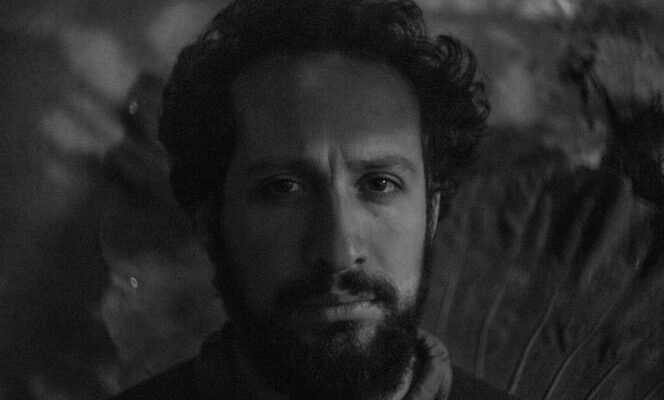It is tempting to classify the cinema of the Bolivian Kiro Russo, born in 1984, originally from La Paz, in the family of visual artists, betting on the long time of reality, filming borderline experiences of characters on the margins – like the Portuguese Pedro Costa , with In Vanda’s room (2000) – showing the suffering of hard-tested bodies – like the Chinese Wang Bing in The Three Sisters of Yunnan (2012) –, reconnecting ancient and modern times – like the Thai Apichatpong Weerasethakul in Tropical Disease (2004), etc
The thirties with long brown hair, whose film The Great Movement, his second feature film, shot in sixteen millimeters, released in theaters on March 30, smiles: it lends itself to the exercise of comparison while underlining its own singularity, during a video interview. As far back as he can remember, Kiro Russo always knew he would work in the arts. “I practiced music, theater and painting, when the cinema imposed itself on me. I owe a lot to piracy for my cinephilia!he apologizes, smiling. My work is often compared to that of Apichatpong. But this relationship is linked to the reality of our countries, which have more or less the same roots, with natural medicine, sorcerers, shamanism, the jungle. »
A personal question haunts his cinema: “I try to build a postmodern concept of Bolivia. In our time of the saturation of images, I ask myself: what is political? My answer is through experiences – not stories – with different levels of reading. » Yes The Great Movement was filmed during the coup d’etat in Bolivia at the end of 2019, the filmmaker only integrated sound turbulence into the film, putting aside images that were too evocative.
“anthropological approach”
As for the enigmatic title of the film, it refers both to this long walk made by poor workers in search of employment, and to the conceptual dimension of a work approaching La Paz slowly, like a character. “La Paz has been the subject of portraits in Bolivian literature and painting. I wanted to bring my stone to the building, with the camera “explains the director, who began studying sociology before studying cinema at the University of Buenos Aires. “My anthropological approach allowed me to get in touch with my characters. And the camera is a key to entering people’s lives. That’s how I met Max, in 2004. He’s a kind of hermit, he’s also a performer of his own life. »
You have 40.99% of this article left to read. The following is for subscribers only.
